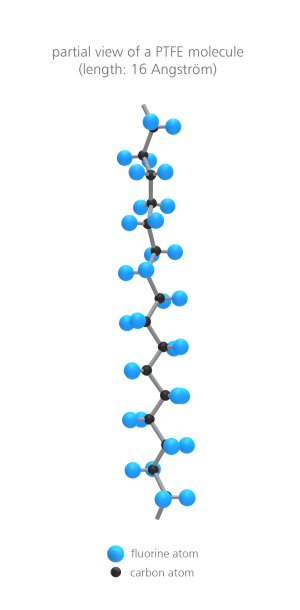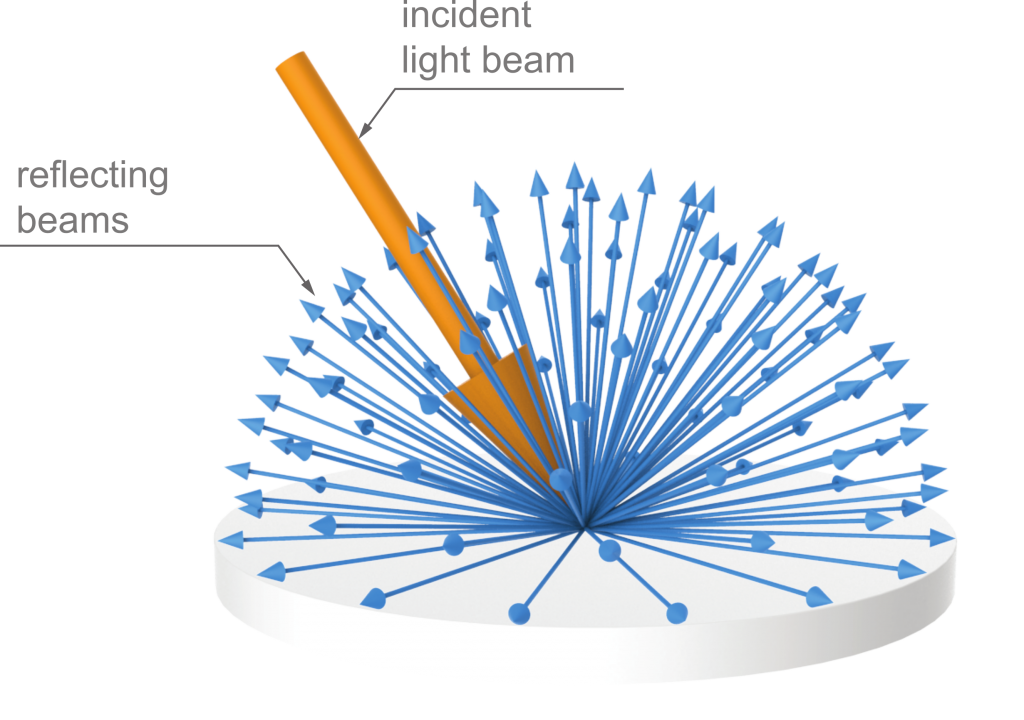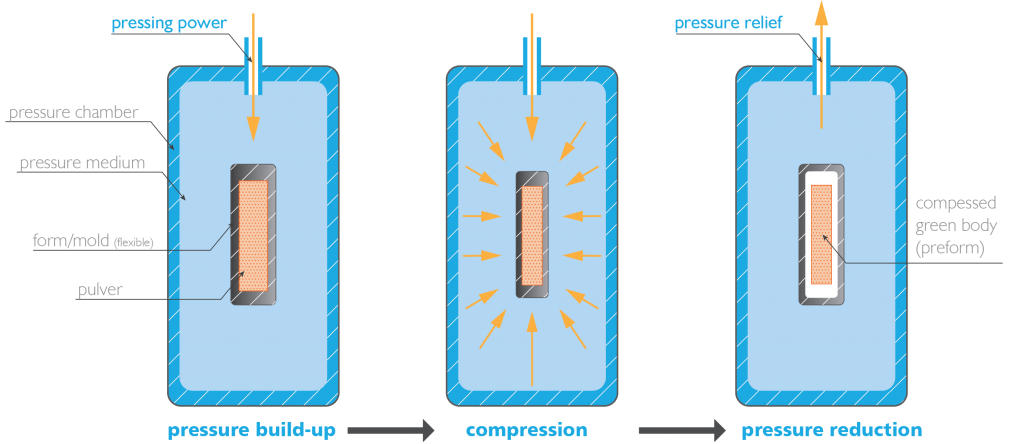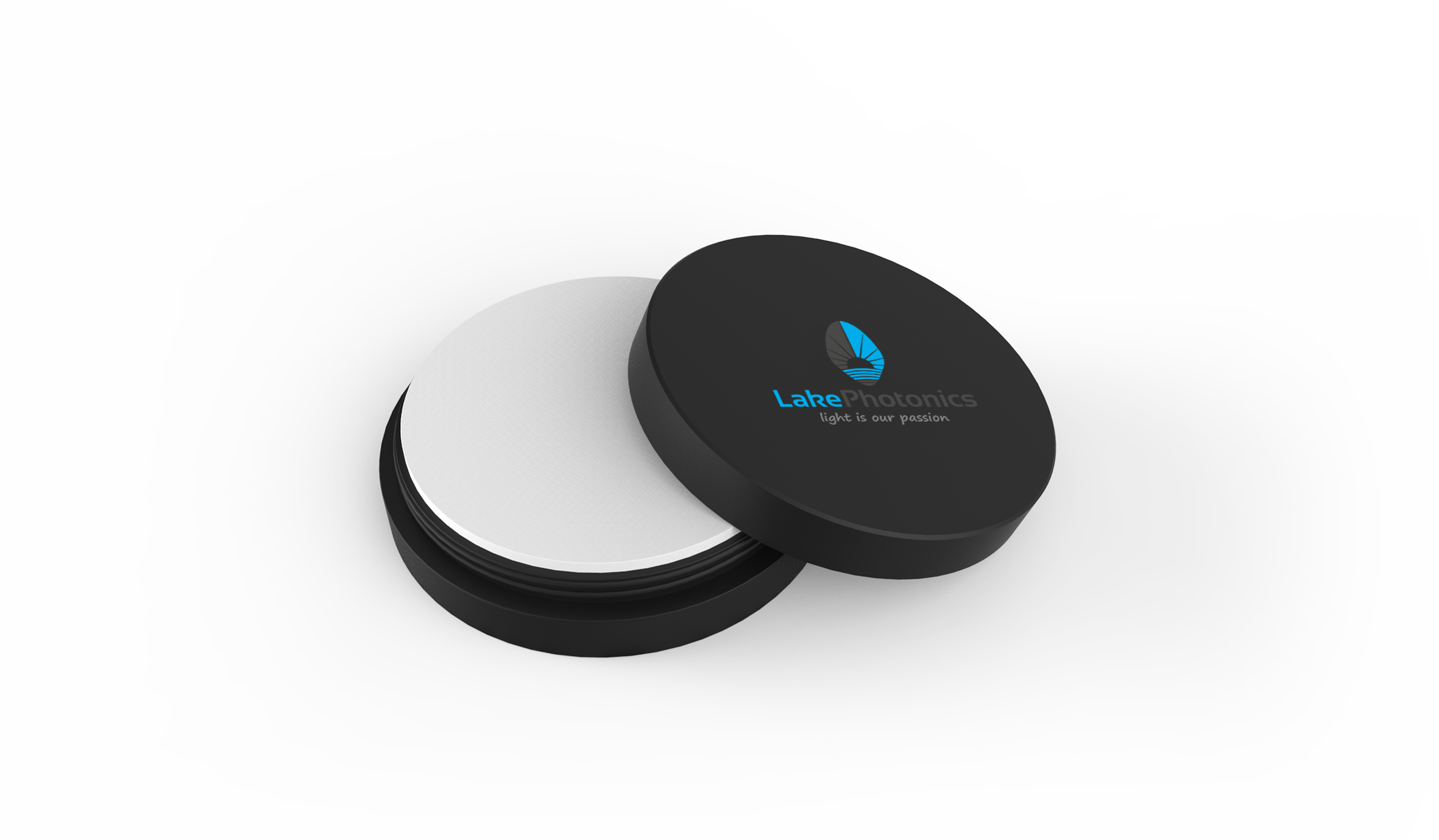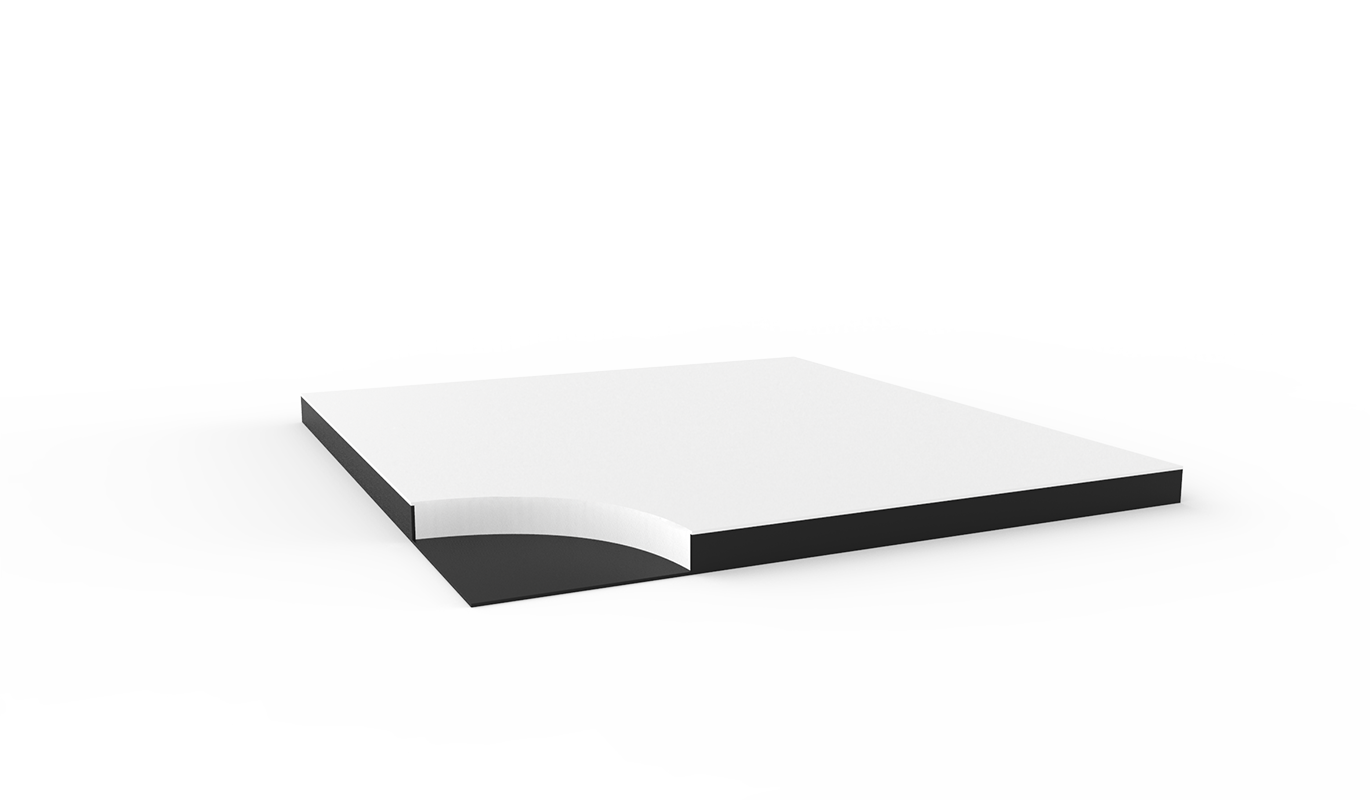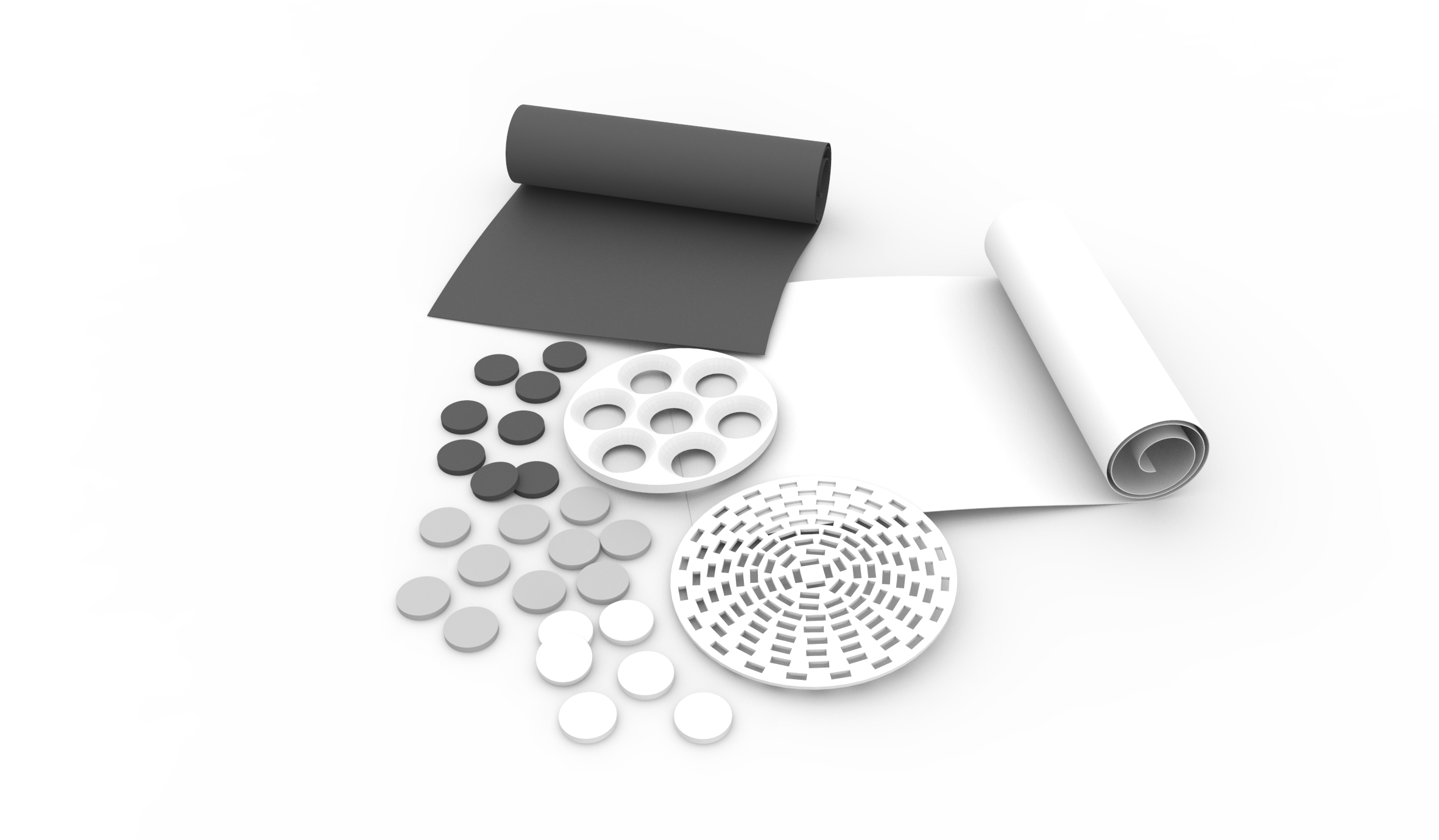Optical PTFE from Lake Photonics
Polytetrafluoroethylene (optical PTFE) is a fluoroplastic distributed by Lake Photonics GmbH under the brand name Spectralex.
PTFE gained recognition under the brand name Teflon® distributed by the company Du-Pont®. Chemist Roy Plunkett discovered this high-performance plastic by chance when looking for coolants. When working in his laboratory, he discovered tetrafluoroethylene (TFE), which was polymerised to form PTFE. The production method whereby the radical polymerisation of TFE is started with highly reactive peroxides under high pressure is still named after him to this day (the Plunkett method).
The semi-crystalline fluorine and carbon polymer that is generated as a result is most widely used due to its universal chemical resistance (inertia) and its well-known non-stick properties (very non-polar). This is due to the particularly strong bond between the carbon and fluorine atoms (C-F bond), which makes the material temperature-resistant, chemically inert and resistant to environmental influences (moisture, UV radiation).
As well as being used in these fields of application, PTFE is also used in optical application areas as a diffuse reflecting or transmitting surface for special measurement tasks. In optical application areas, however, there are special requirements in terms of the purity and processing methods used for the raw material.
Spectralex differs from conventional PTFE in that only high-purity PTFE is used. The raw material for the optical PTFE by Lake Photonics is polytetrafluoroethylene of the highest purity, and purest s-PTFE is used here, generated by means of a special suspension method. As a result, our material is also free from pore inducers and emulsifiers, as is the case in the production of e-PTFE. Emulsifiers such as perfluorooctanoic acid (PFOA) are even suspected of being carcinogenic.
Reflection behaviour
Spectralex (optical PTFE) has the unique property of having almost constant reflection over the wavelength range of 250-2500 nm, practically regardless of the light incidence angle (Lambertian emitter). In the spectral range of 300–1500 nm, the pure material achieves a reflection value of up to 99%.
Thanks to the incomparable whiteness and the symmetrical microporous structure of Spectralex’s surface, a large proportion of the light is reflected multiple times in the first millimetres, and is homogeneously emitted.
Spectralex therefore provides the highest possible level of diffuse reflection in the UV-Vis-NIR area, which is well-known within the scientific community. As a practically perfect diffuser and reflector, Spectralex is one of the most important materials in the professional optics sector.
Production method
Spectralex (optical PTFE) is a thermoplastic, although extrusion is almost impossible due to the high viscosity of the melt. It is therefore primarily pressed and sintered as a powder, which helps keep the air pockets that are essential for volume reflection.
Spectralex’s outstanding properties and unique reflection behaviour are further enhanced thanks to our special production method. The isostatic compaction method used on the raw material allows for a diffuse surface over the entire component. The PTFE powder is compacted by means of even, hydrostatic pressure, with a fluid causing the pressure to act on an elastic membrane from all sides. This ensures high levels of material quality and homogeneity.
Compared to an unconfined pressing method where the PTFE powder may spread in both lateral directions, the benefits of the isostatic pressing method are particularly clear to see under the scanning electron microscope (SEM images), which allow for the accurate identification of granules and material faults.
Thanks to this production method, even those components with complicated shapes can be produced without any problems from an economic perspective.
Once isostatic pressing has been carried out, this is then followed by a defined sintering cycle.
The entire production process is also intended solely for optical PTFE processing, which guarantees that the products are of the highest possible purity. The clean-room conditions during material processing mean that quality criteria for the production of components for the aerospace industry are also met. The entire production process is of course ISO-certified and FDA-compliant.
Additional specific spectral properties can be created by the addition of special fillers (compounds) to the raw powder. Modifying the optical PTFE material in this way allows for the production of products such as grey, colour or wavelength standards, which will also have the diffusely scattering reflection properties.
Find out more about us
Lake Photonics GmbH was founded in the economically strong Lake Constance area of Germany, and is your ideal competent and reliable partner in the field of diffuse reflection and transmission materials.
Our optical materials and the semi-finished products these are used to produce are obtained from selected suppliers. We can of course also offer customer-specific one-off productions in addition to our basic range.



